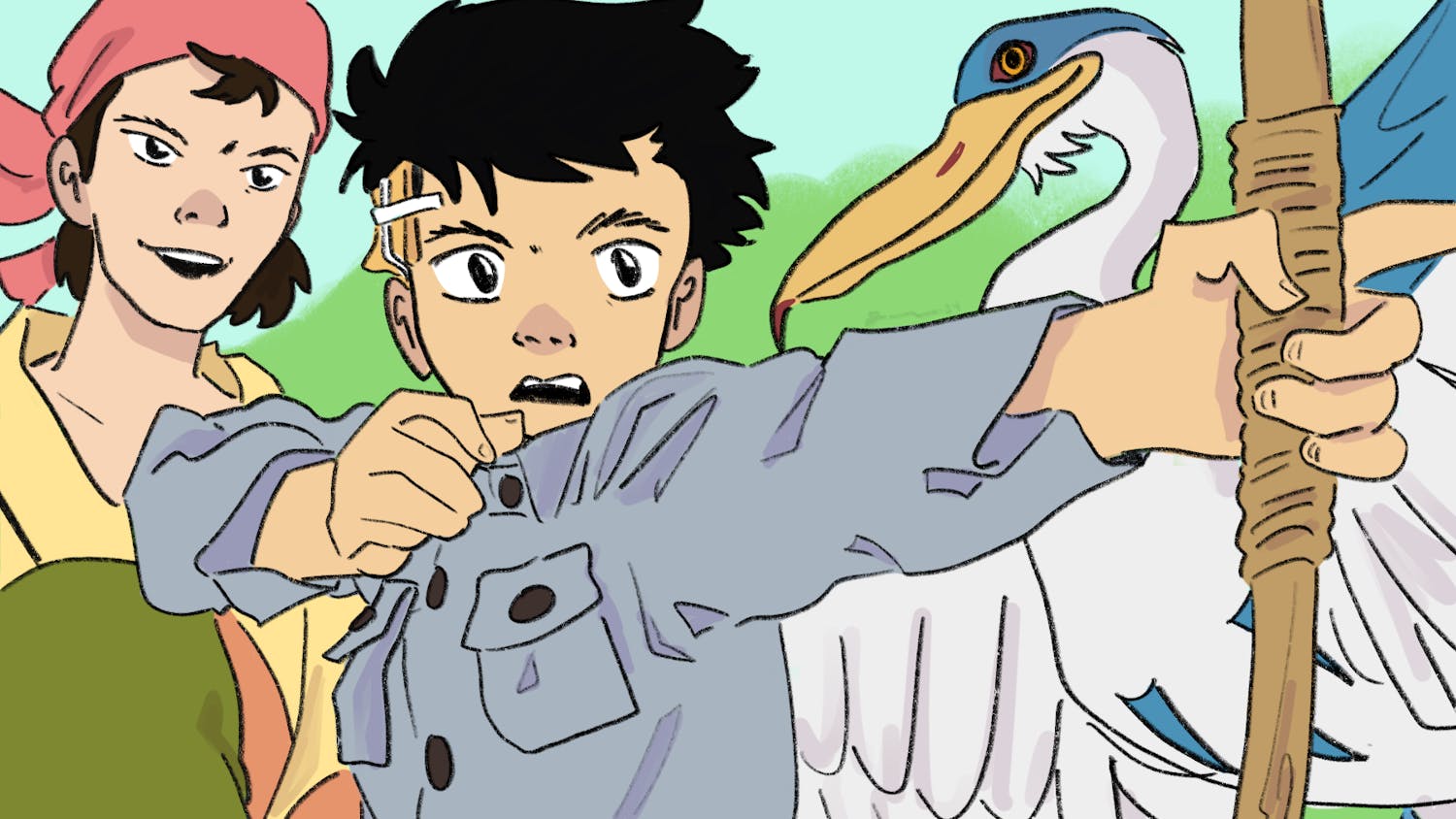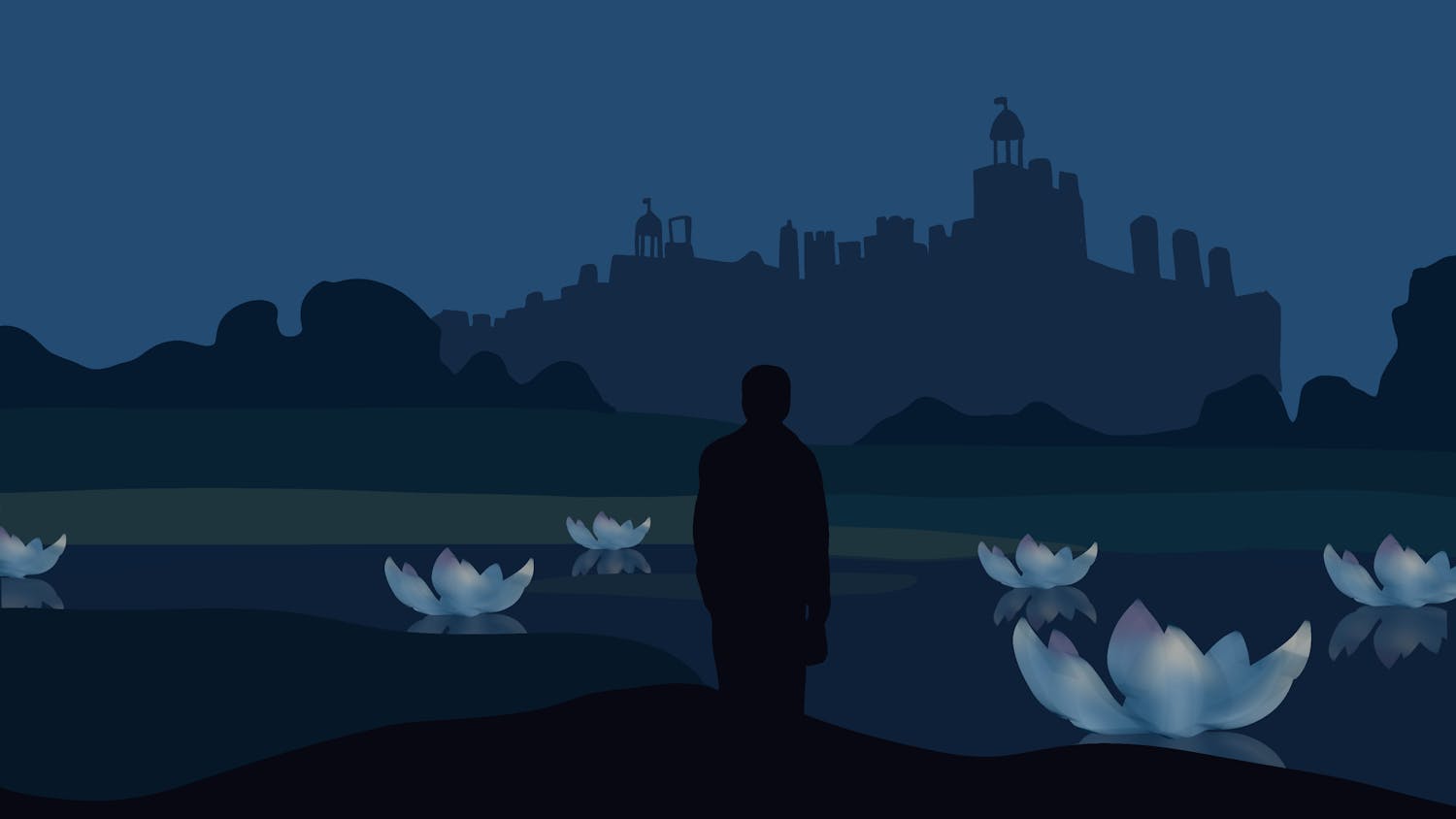“The Lost City of Z” is one of the most confounding cinematic experiences I’ve had in some time. I was never bored by it, but I was also never really enthralled. I was awed by the gorgeous cinematography yet simultaneously frustrated by the odd filmmaking choices. I was frequently intrigued but never fully invested. In these respects, “The Lost City of Z” is rather like a Russian nesting doll — intricately crafted but hollow at its center.
The film is based on a novel that is itself based on a true story, though undoubtedly there have been changes in the translation from form to form. That being said, Percy Fawcett (Charlie Hunnam) was a British explorer from the early 20th century who became convinced that there was a lost city called “Z” located in the Amazon rainforest. “The Lost City of Z” chronicles three of his expeditions in South America, the last of which ends with — well, I wouldn’t want to spoil the ending, now would I? Suffice it to say the ending is one of the trickiest things about the film.
No one knows what happened to Fawcett, so the film inevitably needs to craft a conclusion that combines some historical evidence with fanciful storytelling. On its own terms, the ending is about as good as one could hope for: It manages to be ambiguous, thus paying respect to the real events, while feeling at least somewhat satisfactory.
Hunnam easily has the most difficult role, and impressively he manages to be the film’s one permanent bright spot. Most narratives about obsession end up being about the cost of that obsession, detailing how it leads to the central character’s downfall. One could certainly argue that Fawcett’s obsession also led to his own downfall, but the film never depicts him as gradually becoming deranged, cruel or dangerous. He is simply a decent man with an intense passion. Resultantly, Hunnam can’t easily fall back on acting clichés that one might use to convey a tortured character who falls from grace. Nonetheless, he rises to the challenge and delivers a performance that surges with intensity and infinite complexity.
By and large, the rest of the cast is also effective. Sienna Miller is given the thankless task of playing Fawcett’s oft-abandoned wife. The character archetype may be overused, but Miller imbues her performance with real humanity. Robert Pattinson is totally unrecognizable as Fawcett’s best friend and traveling companion, Henry Costin — in fact, while watching the film I encourage audiences to play a variant of “Where’s Waldo” called “Spot the Pattinson.” He turns in good work and once again proves that the “Twilight” films were completely beneath his talents as an actor. Tom Holland, who portrays Fawcett’s son in the latter portions of the film, isn’t so much miscast as he is out-acted by everyone else on screen. In particular, he seems totally overwhelmed by the fierce, dominating power of Hunnam’s presence.
Holland, however, is the least of my grievances with the film. It runs at almost two and a half hours long and the Rotten Tomatoes consensus refers to its pace as “stately.” I’d say that’s a fair assessment, though I’m not convinced that the pace is exclusively to the film’s benefit. I admire director James Gray’s self-confidence — he refuses to cheapen the effect of the story with fast editing or unnecessary action-adventure sequences. The problem is that the film painstakingly chronicles not just Fawcett’s three expeditions but also many of the events surrounding them. Because of the rather unresolved nature of the story, you’re left to question the purpose of large chunks of the film. For example, the sequence exploring Fawcett’s time in World War I probably should have been cut for the sake of creating a tighter and more engaging narrative.
Gray also makes a few other unusual directorial choices that I occasionally questioned. Much of the film is beautiful to look at, but periodically, the lighting and color palette were so dark that it became exceedingly difficult to see exactly what was occurring. There are also moments of blatant exposition that exist purely to introduce information that probably could have been incorporated more subtly.
While I appreciate that the film addresses the disconnect between early 20th century attitudes and contemporary progressive perspectives, I’m not sure it really does anything more than simply address it. Specifically, the screenplay acknowledges the rampant patriarchal unfairness of British society at the time, as well as the tendency to imagine the natives of South America as “savages.” But I wish the film had done more than merely admit that these inequalities and prejudices happened to exist, especially because in many ways those continue to plague society today.
To be clear, “The Lost City of Z” is a far cry from a “bad film.” In some respects, it is a very good film. The experience is regularly engaging and occasionally hallucinatory. However, while watching it, I suspected that this story would make for a fascinating historical non-fiction read. But as a film, it is simply too conventional to play like a piece of art cinema and too unconventional to work as a straightforward disposable action-adventure biopic. It is haunting, but really more for its ideas than its execution. Though, of course, there is always that performance by Hunnam, which makes up for many of the film’s flaws. Maybe it’s his pecs.
Rating: 7/10



